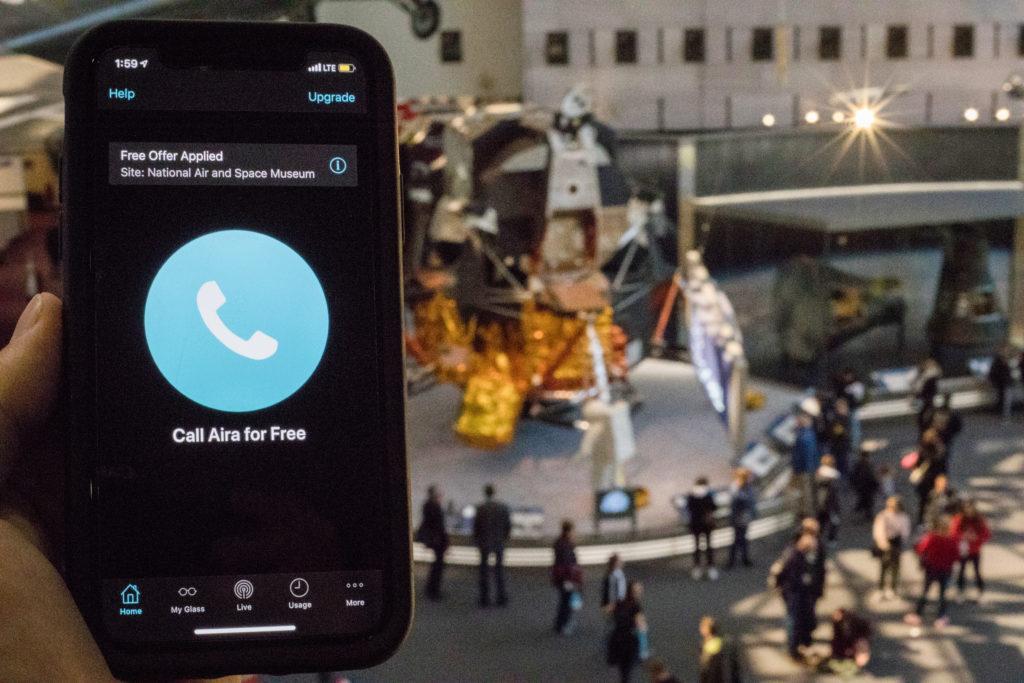For visitors with visual impairments, exploring one of the many museums around the District can be challenging. But a new technology in some Smithsonian museums will make their visits more comfortable.
The Smithsonian Institution began a partnership with Aira Tech Corporation, a technology service that aids the blind and low vision community, last week, museum officials said last week. The new app allows users to call trained agents who can see a visual feed of the museum through the user’s smartphone and describe the exhibitions.
While Aira typically requires a subscription, the Smithsonian has partnered with the technology company to create free access zones where users can download the app without paying.
Beth Ziebarth, the director of the Smithsonian Institution accessibility program, said implementing the app is one way the Smithsonian has worked to become more accessible.
“In the U.S. population now, one of every four people has a disability,” she said. “So if we’re looking at who we’re serving with our 30 million visitors a year, there is a high percentage of people with disabilities at the Smithsonian.”
Ziebarth added that going to the extra mile to make accommodations for all visitors of the museums is “the right thing to do.”
“I consider being able to participate in the cultural life of a society a human right, not just a civil right,” she said.
Daniel Frye, the director of the public sector engagement and strategy for Aira, said the company provides services to enhance everyday lives of people who are visually impaired and give them access to historical and cultural aspects of life like the Smithsonian museums.
To create the new technology, Frye said the Smithsonian Institution provided the company with floor plans and maps of the museums.
“We want to grant to those explorers as much autonomy as possible and give them the chance to come to their own conclusions, draw their own inferences about what they are seeing,” Frye said.
As a blind person, Frye said he has a special connection to the company and understands firsthand how it can change people’s lives.
“I do want people to understand that blind people – prior to Aira’s existence – did and do function confidently without vision,” he said. “But that Aira adds color and depth and texture to our world that we can now gain on our own terms.”




